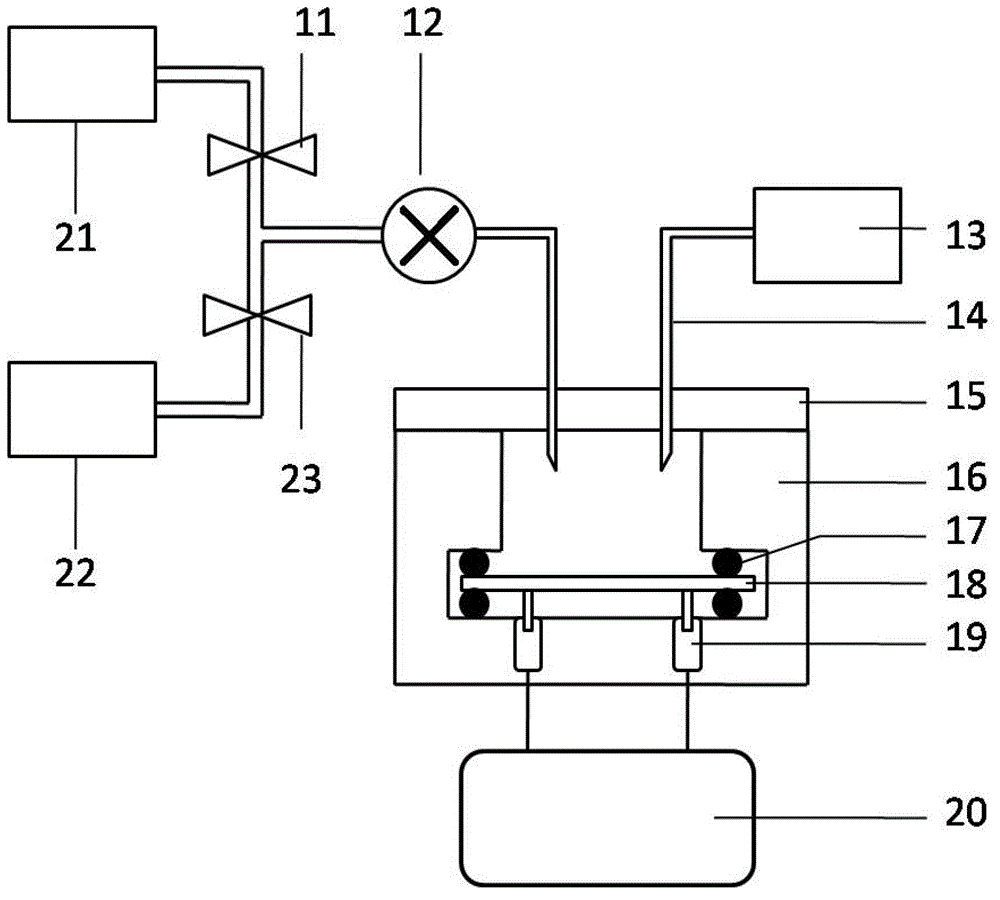Method for detecting odor substance butanedione based on olfactory receptor sensor
A technology of olfactory receptors and sensors, applied in the field of detection, can solve the problems of difficult specific detection and poor specificity, and achieve the effects of improving immobilization efficiency and distribution density, improving stability, and improving sensitivity
- Summary
- Abstract
- Description
- Claims
- Application Information
AI Technical Summary
Problems solved by technology
Method used
Image
Examples
Embodiment Construction
[0023] The following describes in detail the basic principles and specific steps of using the olfactory receptor protein ODR-10 as a sensitive element combined with a quartz crystal microbalance sensor to prepare an olfactory receptor sensor for gas detection.
[0024] The present invention detects the method for odor substance diacetyl based on olfactory receptor sensor, comprises the following steps:
[0025] 1. Preparation of olfactory receptor protein ODR-10
[0026] 1.1 Construction of expression vector
[0027] First, the plasmid containing the full-length cDNA of the olfactory receptor protein ODR-10 gene 3 and the rho-tag signal peptide 2 sequence was genetically engineered PEGFP-N1 / rho-tag / odr-10 (The gene sequence of which is shown in SEQ ID NO.1) is properly modified to construct the expression vector of olfactory receptor protein 5 suitable for the use of olfactory receptor sensors, so that the N-terminus has a fusion expression of His 6 -tag tag 6; first, design...
PUM
 Login to View More
Login to View More Abstract
Description
Claims
Application Information
 Login to View More
Login to View More - R&D
- Intellectual Property
- Life Sciences
- Materials
- Tech Scout
- Unparalleled Data Quality
- Higher Quality Content
- 60% Fewer Hallucinations
Browse by: Latest US Patents, China's latest patents, Technical Efficacy Thesaurus, Application Domain, Technology Topic, Popular Technical Reports.
© 2025 PatSnap. All rights reserved.Legal|Privacy policy|Modern Slavery Act Transparency Statement|Sitemap|About US| Contact US: help@patsnap.com



